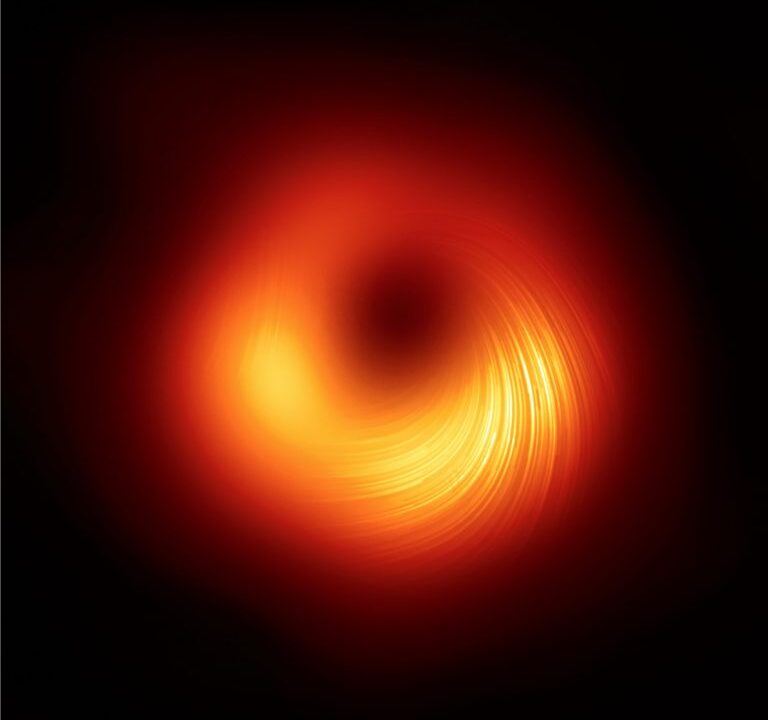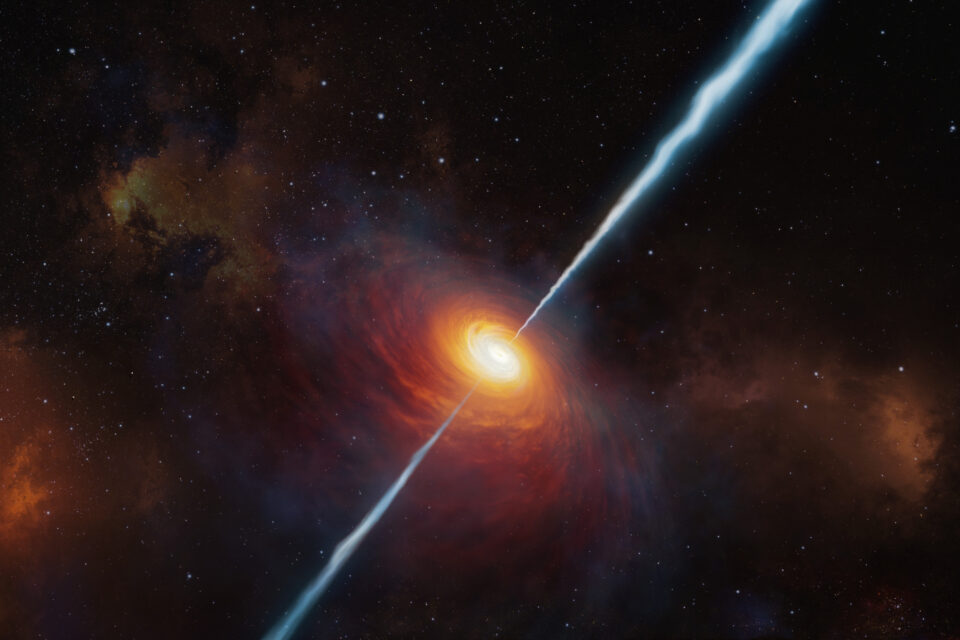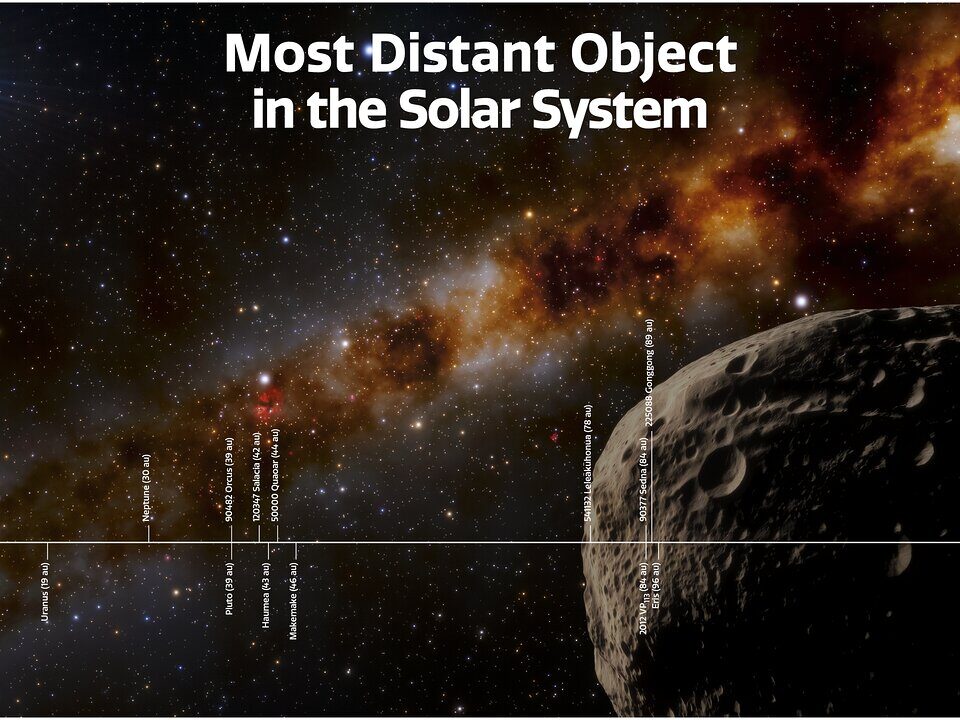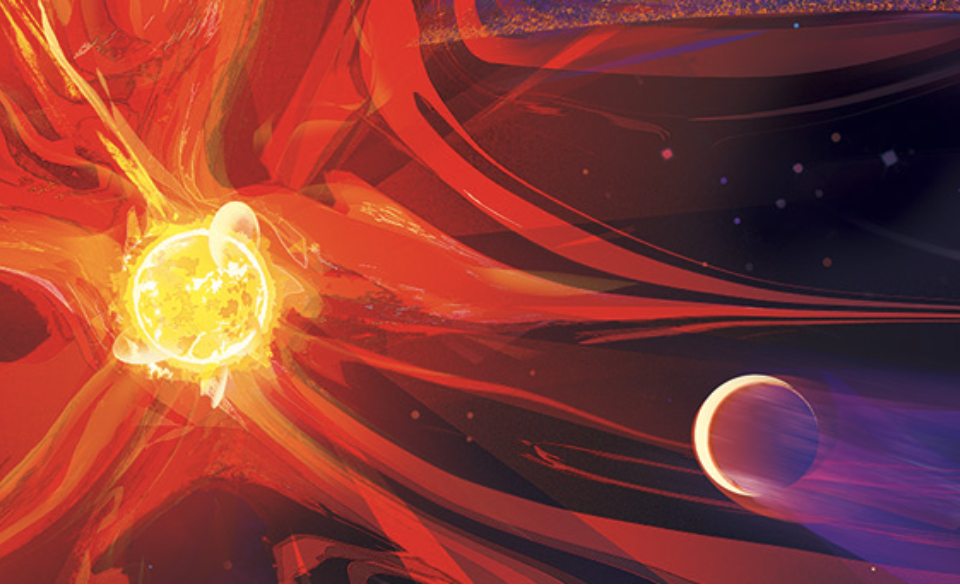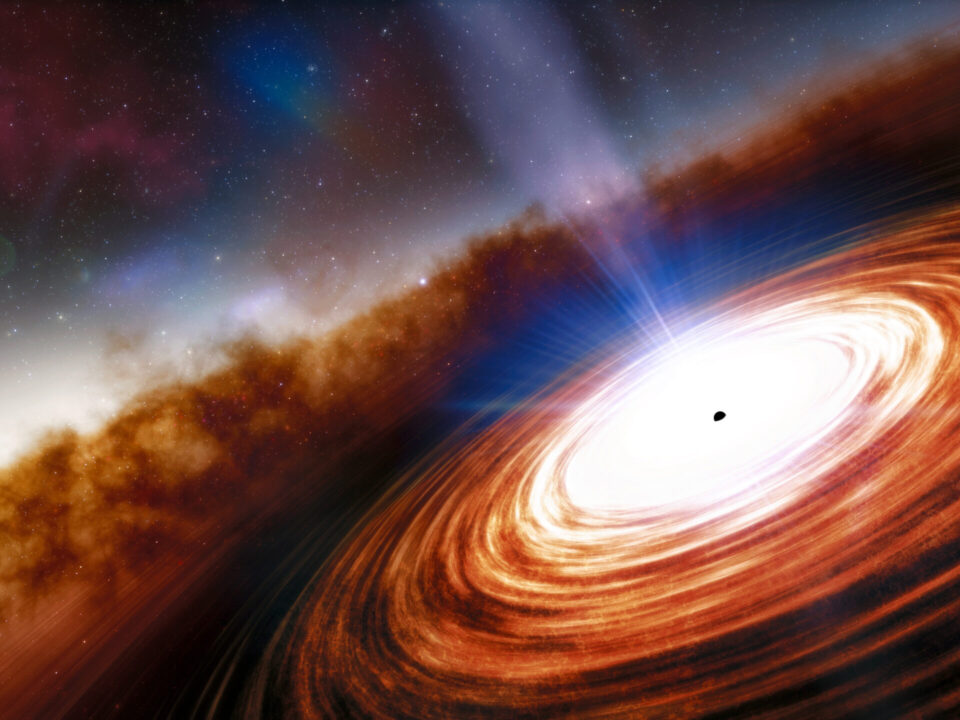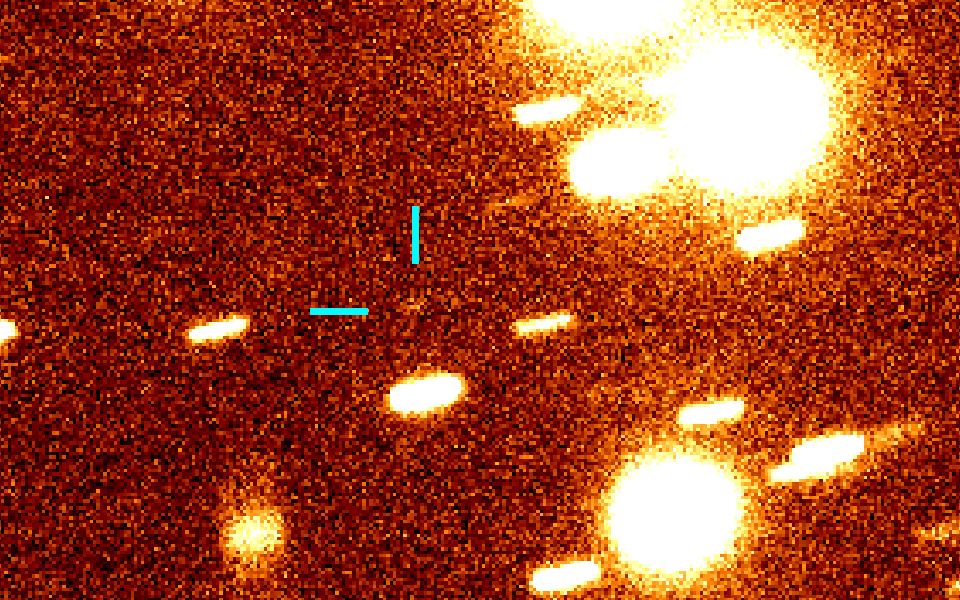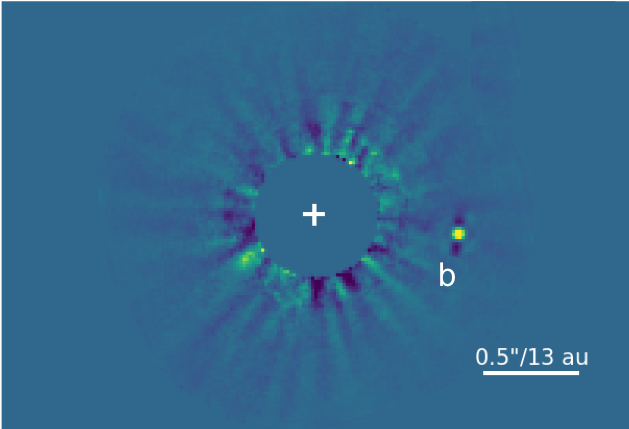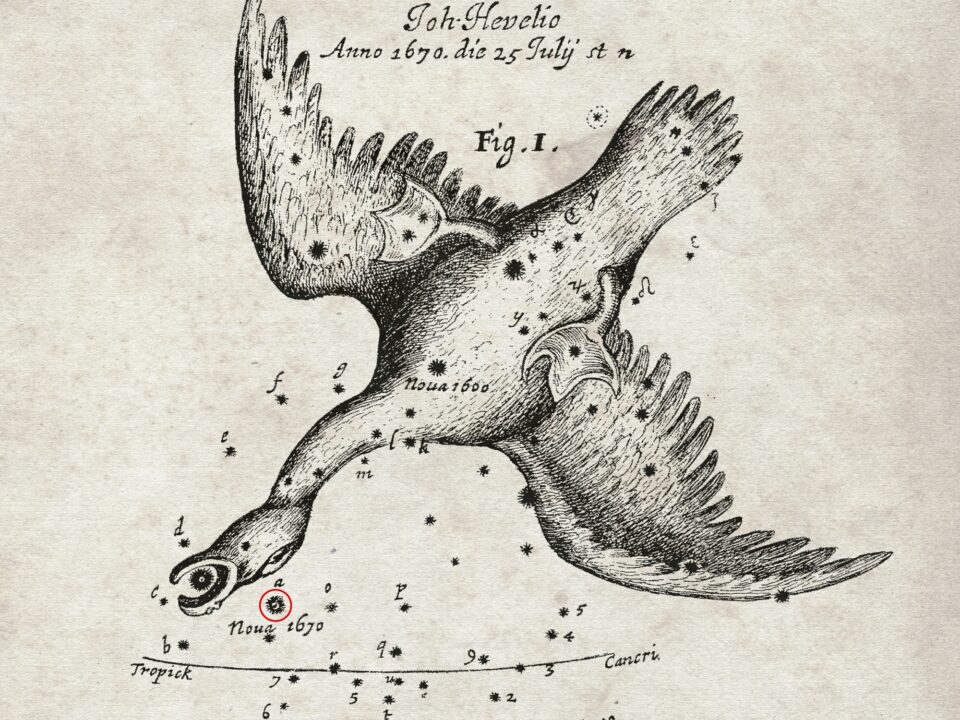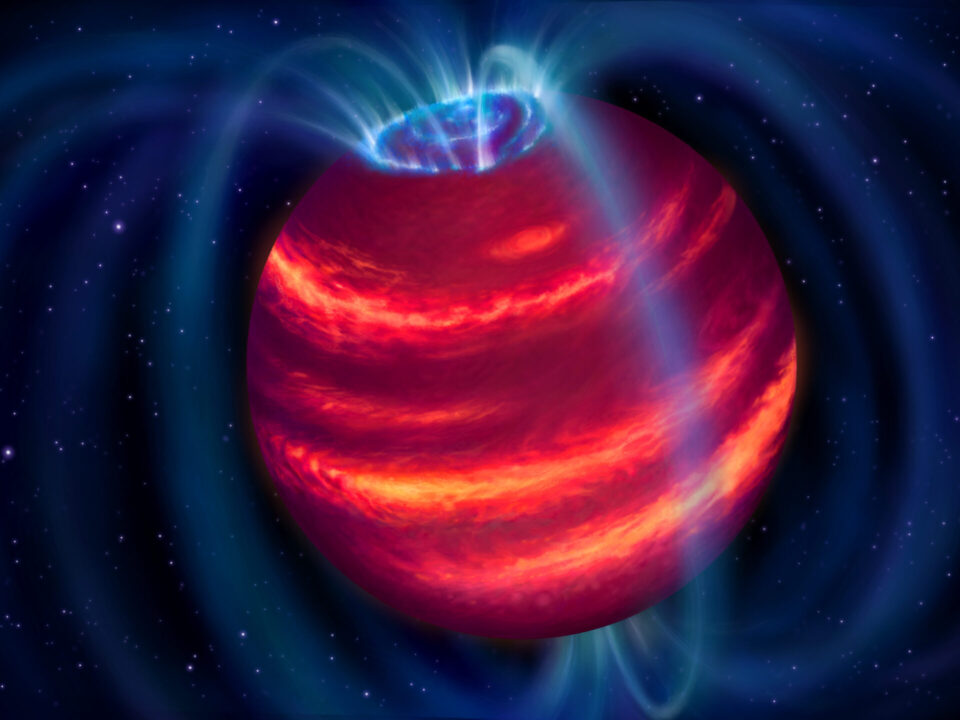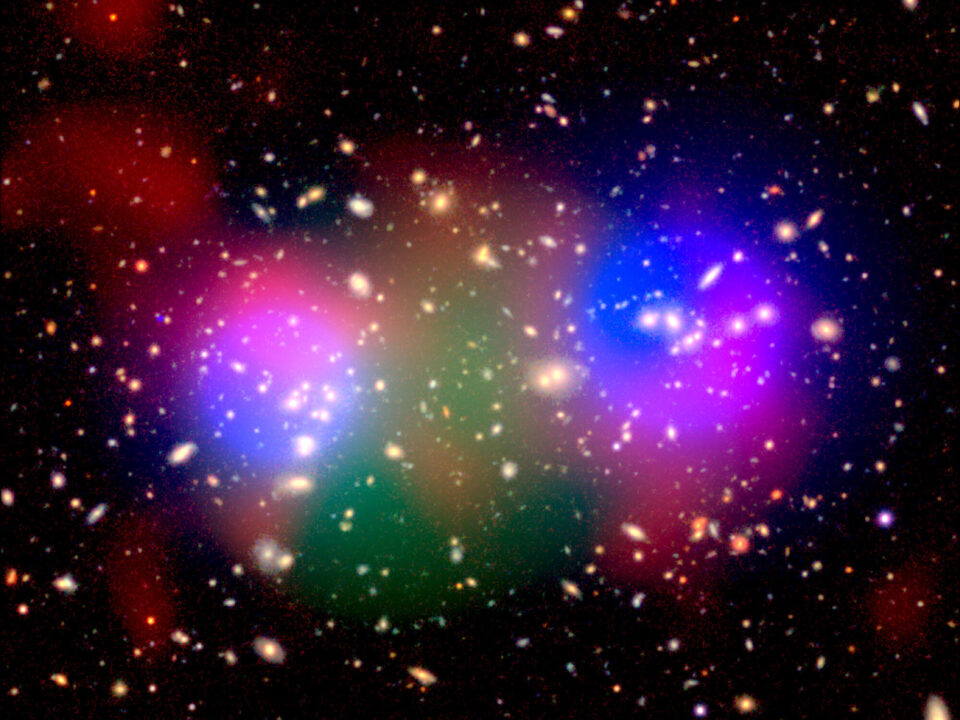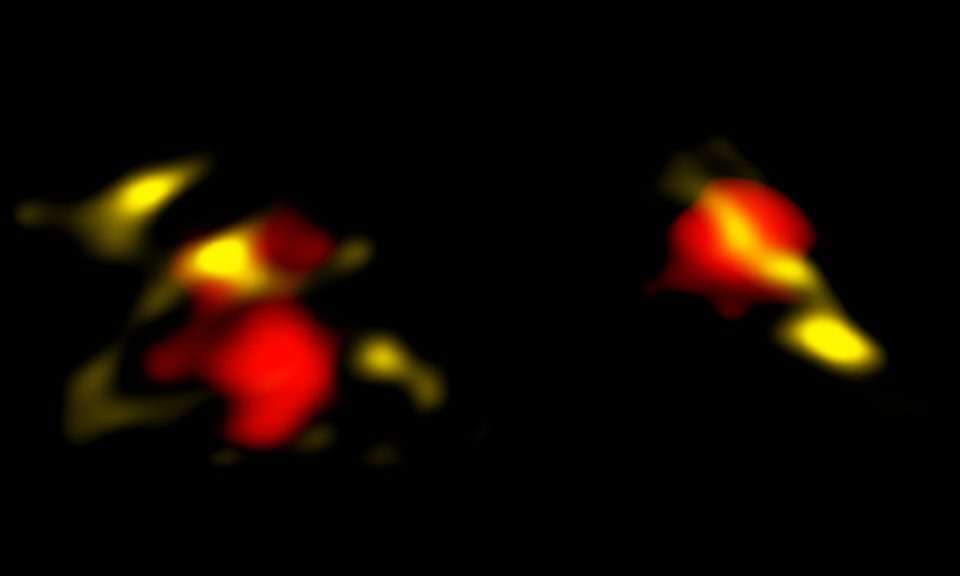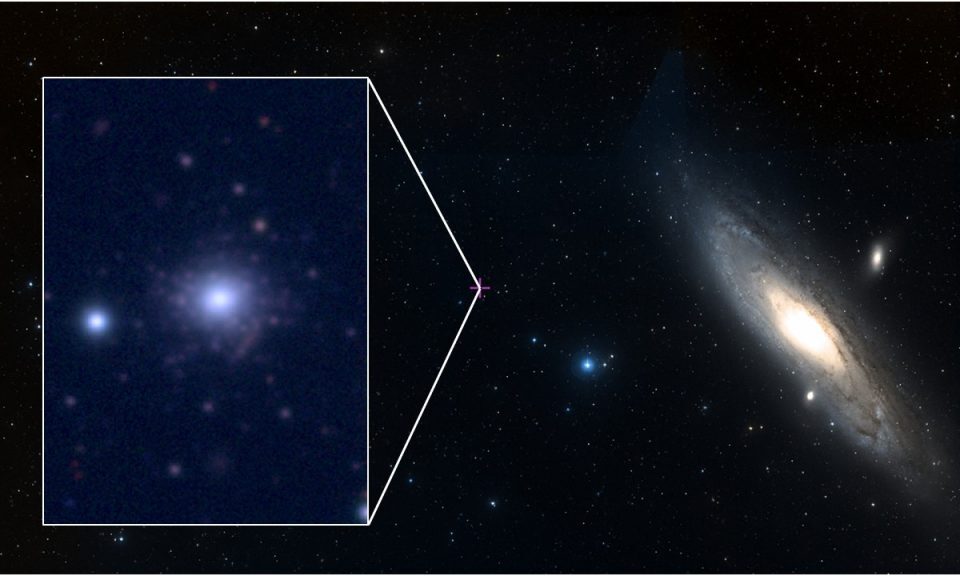xzhang
- Filter by
- Categories
- Tags
- Authors
- Show all
- All
- Andromeda Galaxy
- Betelgeuse
- Black Hole
- Black holes
- brown dwarfs
- Canada-France-Hawaii Telescope
- CFHT
- Chad Trujillo
- Comets
- coronavirus
- cover-19
- EAO
- Europa
- exoplanets
- Fred Lawrence Whipple Observatory
- Galaxies
- Gamma-ray burst
- Gemini Observatory
- Harvard University
- IfA
- International Gemini Observatory
- JCMT
- Keck Observatory
- Milky Way
- Moon
- NASA Infrared Telescope Facility
- Neptune
- NOIRLab
- NSF
- Quasar
- Quasars
- Saturn
- SMA
- Subaru Telescope
- Supercluster
- UH Institute for Astronomy
- UKIRT
- Uranus
- VLBA
March 29, 2021
March 29, 2021
Categories
Two Maunakea telescopes, the James Clerk Maxwell Telescope (JCMT), and the Submillimeter Array (SMA), have once again combined efforts with the global “Event Horizon Telescope” network to produce a view of Pōwehi, the Black Hole at the Center of the galaxy M87. The new results show the black hole in new light – specifically, polarized light. This enables astronomers, for […]
March 9, 2021
March 9, 2021
Categories
Two Maunakea Observatories have been used to reveal the most distant – and therefore the youngest – known radio beacon in the early Universe. Seen as it was 780 million years after the big bang, the object – a quasar known as P172+18 – was originally discovered in images from the Pan-STARRS telescope on Haleakalā, Maui. Detailed study with the […]
March 1, 2021
March 1, 2021
Categories
Thanks to observations with the Subaru and Gemini North telescopes both on Hawaii’s Maunakea, astronomers have confirmed that a faint object discovered in 2018 and nicknamed “Farfarout” is indeed the most distant object yet found in our Solar System. Farfarout was first spotted in January 2018 by the Subaru Telescope and the discoverers could tell it was very far away, […]
February 10, 2021
February 10, 2021
Categories
An international team of astronomers used the capabilities of SPIRou on the Canada-France-Hawaii Telescope on Maunakea to measure the mass and density of a Neptune-like planet orbiting very close to the newborn, and highly active star AU Microscopii. Their analysis also shows that this warm planet orbits in the equatorial plane of the host star. This hints that the process […]
February 10, 2021
February 10, 2021
Categories
Three Maunakea Observatories, the Gemini, W.M. Keck, and UKIRT observatories have announced the discovery of the most distant known quasar. The quasar, observed just 670 million years after the Big Bang, is 1,000 times brighter than the Milky Way Galaxy. It is powered by the earliest known supermassive black hole, which weighs in at more than 1.6 billion times the […]
January 12, 2021
January 12, 2021
Categories
The Subaru Telescope on Maunakea recently captured images of the asteroid 1998 KY26, which travels close to Earth only once every 3.5 years. This asteroid is small, just 30 meters (less than 100 ft) across, so it is faint enough that most ground based telescopes can’t even detect it. Importantly, 1998 KY26 is the next target for the Japan Aerospace […]
December 18, 2020
December 18, 2020
Categories
Subaru Telescope has a new state-of-the-art instrument, SCExAO/CHARIS, and it has made its first discovery. SCExAO/CHARIS is devoted to imaging and study of planets orbiting stars beyond our solar system (known as “exoplanets”). A team of astronomers have recently used this new instrument to identify an exoplanet, named HD 33632 Ab, orbiting a 1.5 billion year-old star similar to our […]
December 8, 2020
December 8, 2020
Categories
The enigmatic star CK Vulpeculae, first seen as a bright new star in 1670, was lost for over three centuries. The star was then re-discovered 40 years ago via its surrounding nebular debris, and found to be far more distant than previously thought. This means that the explosive event 350 years ago that caused it to brighten and eject the […]
November 18, 2020
November 18, 2020
Categories
For the first time, astronomers have combined observations from a large radio telescope (known as LOFAR) in Europe and two telescopes on Maunakea – the IRTF and Gemini – to discover and investigate a cold brown dwarf, or failed star. This is the first such object to be discovered through radio observations — until now, brown dwarfs have always been […]
November 17, 2020
November 17, 2020
Categories
Using a trio of world-leading observatories, including the Subaru Telescope on Maunakea, astronomers have observed clusters of galaxies colliding in the distant Universe. The Subaru telescope can observe the visible light from stars, but these galaxies also have other important components, including dark matter and hot gas, which can’t be seen with visible light. So the astronomers combined visible, radio, […]
November 2, 2020
November 2, 2020
Categories
An international team of astronomers have performed the largest survey of distant galaxies in the early universe ever conducted. This survey (nicknamed ALPINE) aimed at measuring the gas and dust in over 100 distant galaxies located over 12 billion light years away from Earth, and involved the use of two Maunakea Observatories — W. M. Keck Observatory and Subaru Telescope. […]
October 21, 2020
October 21, 2020
Categories
Two Maunakea telescopes (Keck and the Canada-France-Hawaii Telescope) have found a globular star cluster in the nearby Andromeda Galaxy that contains a record-breaking small amount of heavier elements like iron. This finding poses questions about how star-dense globular clusters could have formed in the early Universe. A globular star cluster is a large, dense collection of thousands to millions of […]

